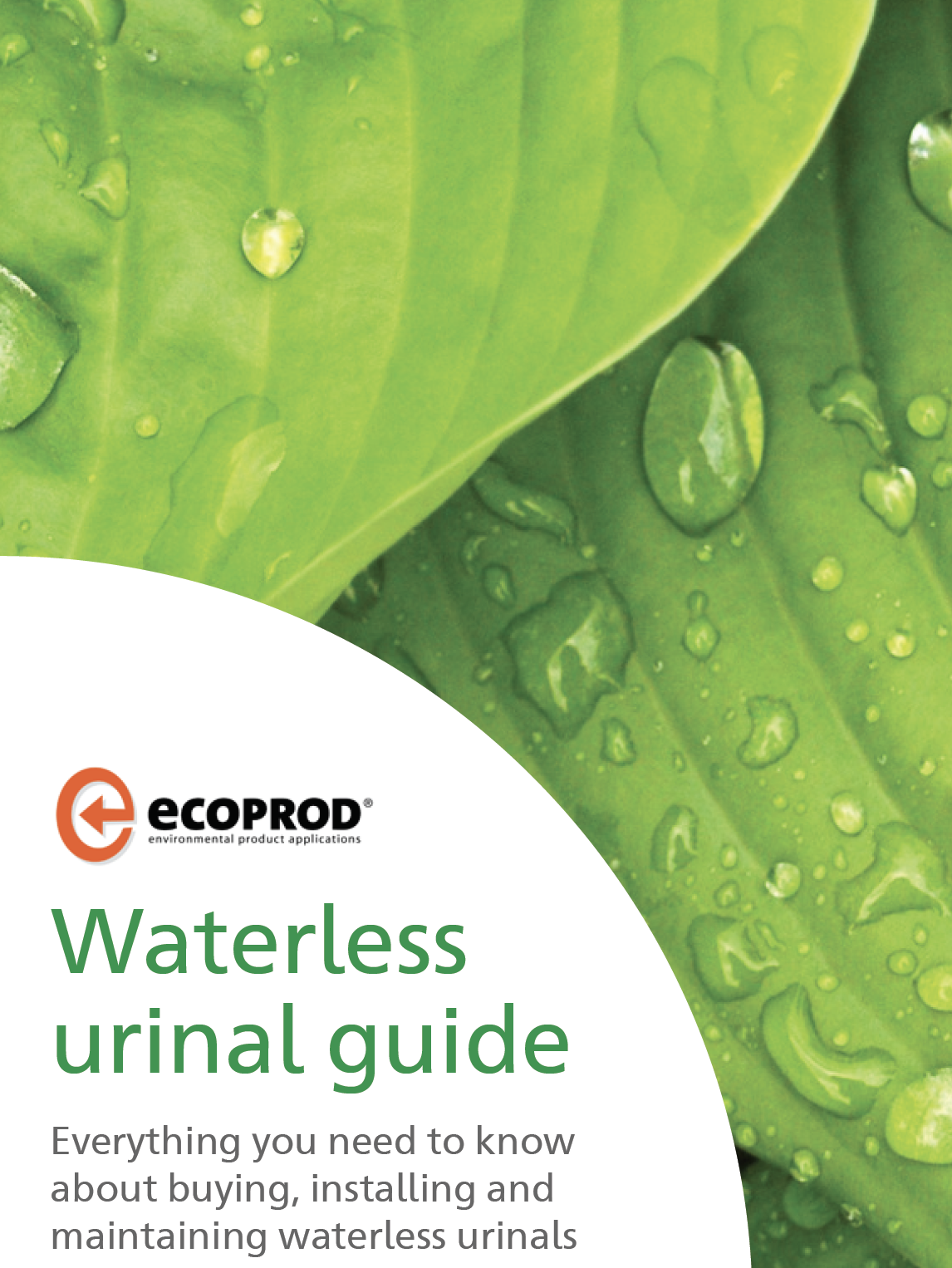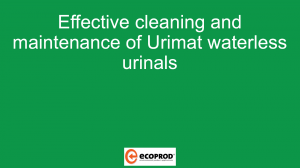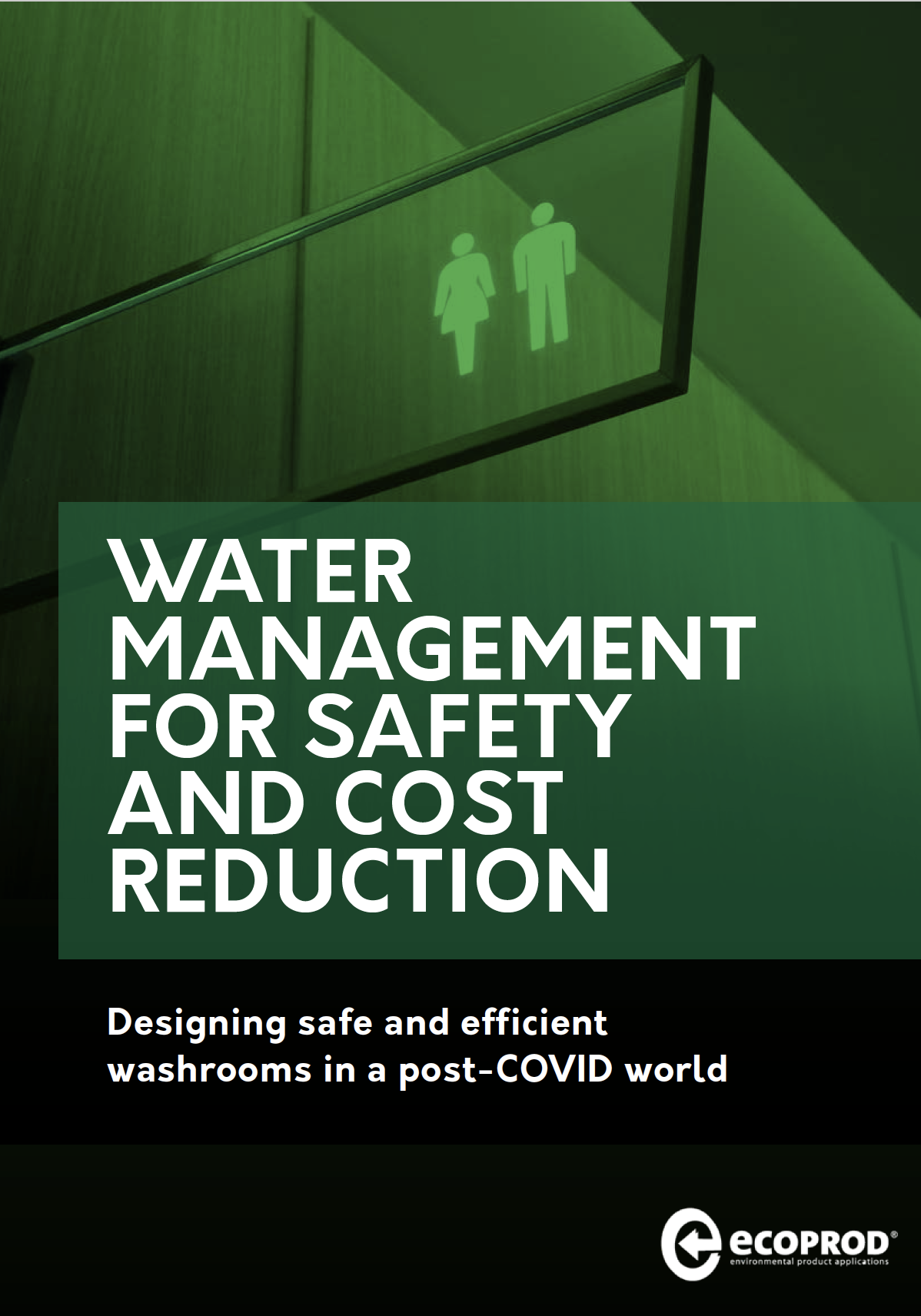There’s been a lot of publicity over the last few days regarding the effectiveness or otherwise of dual flush toilets when it comes to saving water. Thames Water recently reported that dual flush toilets may in fact be using more water than they save, estimating that as much as 400 million litres a day is being lost due to faulty dual flush loos.
As an engineer I welcomed the change to come into line with the European Standard of 2001. Traditionally overflow pipes or warning pipes would be taken to exit a building in a nuisance position so that the offending product was repaired quickly. Sometimes getting overflow/warning pipes to their correct termination point could be costly and as these weren’t part of the water delivery in a building these could get forgotten!
So, should we go back to siphon technology flushing? In my view no as this still doesn’t solve the core problem and an internal overflow siphon situation is no different to the dump valve technology we are used to today. There are actually a couple of issues here that need addressing. One is the problem of poor maintenance.
Often products get blamed when actually the issue is a lack of servicing and maintenance rather than an inherent problem with the product itself. A dual flush toilet is no different from any other mechanical system with moving parts – it needs regular maintenance, without which parts like the seals on cistern dump valves and inlet valves will degrade, plus waterborne particles mean that filters do need cleaning.
However, there’s also a broader issue here. A single leaking toilet can waste between 215 and 400 litres of water every single day and Thames Water estimates that between 5% and 8% of all toilets are leaking. Multiply that up across a whole organisation with tens or even hundreds of toilets and you can see that water is being wasted on an incredible scale. And too often it’s forgotten that there’s a cost associated with this. Not only is the effect on the environment terrible but so is the effect on an organisation’s bottom line, as all that wasted water needs to be paid for.
At Ecoprod everything we do is focused on helping organisations reducing their water use, both through installing products that use less water and also through deploying smart technology solutions to ensure regular maintenance schedules are adhered to and to detect even small leaks before they become big problems.
We work with pioneering manufacturers like Conti+ who produce low flow sensor taps with built in hygiene flush capabilities as well as showers and other products, all of which can be connected to the Conti+ CNX smart water management system which in turn can report into a central building management system, delivering total control and reporting on water use.
We also supply the Aqualytics Flowless leak detection system. This product will detect leaks down to as little as 0.2 litres of unexpected additional flow and is smart enough to identify the water use patterns associated with leaking loos. It uses machine learning to understand the pattern of water usage in each building, so it can tell the difference between a surge in water use because a new shift is starting in a factory, or office workers are arriving for work, and a surge in water use due to a burst pipe or other leak.
Most organisations are wasting massive amounts of water each year through small, incremental leaks – not just from leaking loos but also dripping taps, leaking pipes due to poor quality installation of equipment and other smaller leaks. Whilst these kinds of leaks may not cause the type of sudden and catastrophic damage that a burst pipe can cause, the cost of them certainly adds up and the damage can still be significant and expensive to put right, all the more so because they can take so much longer to spot.
The Aqualytics WINT intelligent water management system is also able to use machine learning to identify these kinds of smaller leaks. It’s because of this that most users notice roughly a 20% drop in their water bills fairly quickly after installation, even if they never experience a catastrophic leak.
Businesses are losing water all the time through smaller leaks that they don’t know about and it’s time that smart technology was more widely deployed to identify and stop these leaks and reduce water wastage.













 For the last 8 years Robert Summer – Head of International Sales and Marketing – has developed structured distribution network worldwide for CONTI+ brand. The products offer great benefit for washrooms and shower rooms for public, semi-public and health sector. Today, sustainability, hygiene and smartness are key to CONTI+ solutions. Robert lives the brand and its USPs and loves to support and motivate his team on a daily basis.
For the last 8 years Robert Summer – Head of International Sales and Marketing – has developed structured distribution network worldwide for CONTI+ brand. The products offer great benefit for washrooms and shower rooms for public, semi-public and health sector. Today, sustainability, hygiene and smartness are key to CONTI+ solutions. Robert lives the brand and its USPs and loves to support and motivate his team on a daily basis.











Comments are closed.